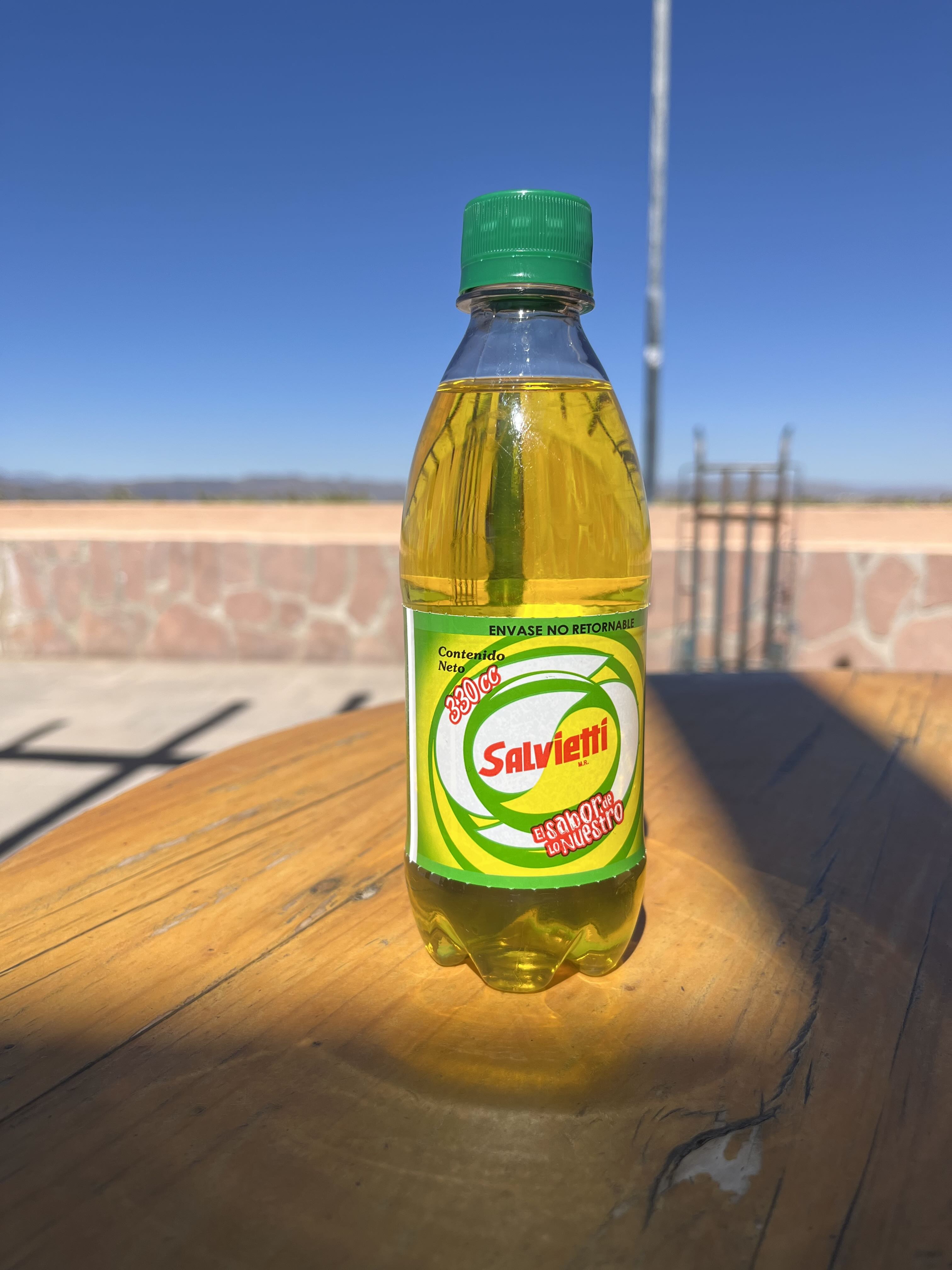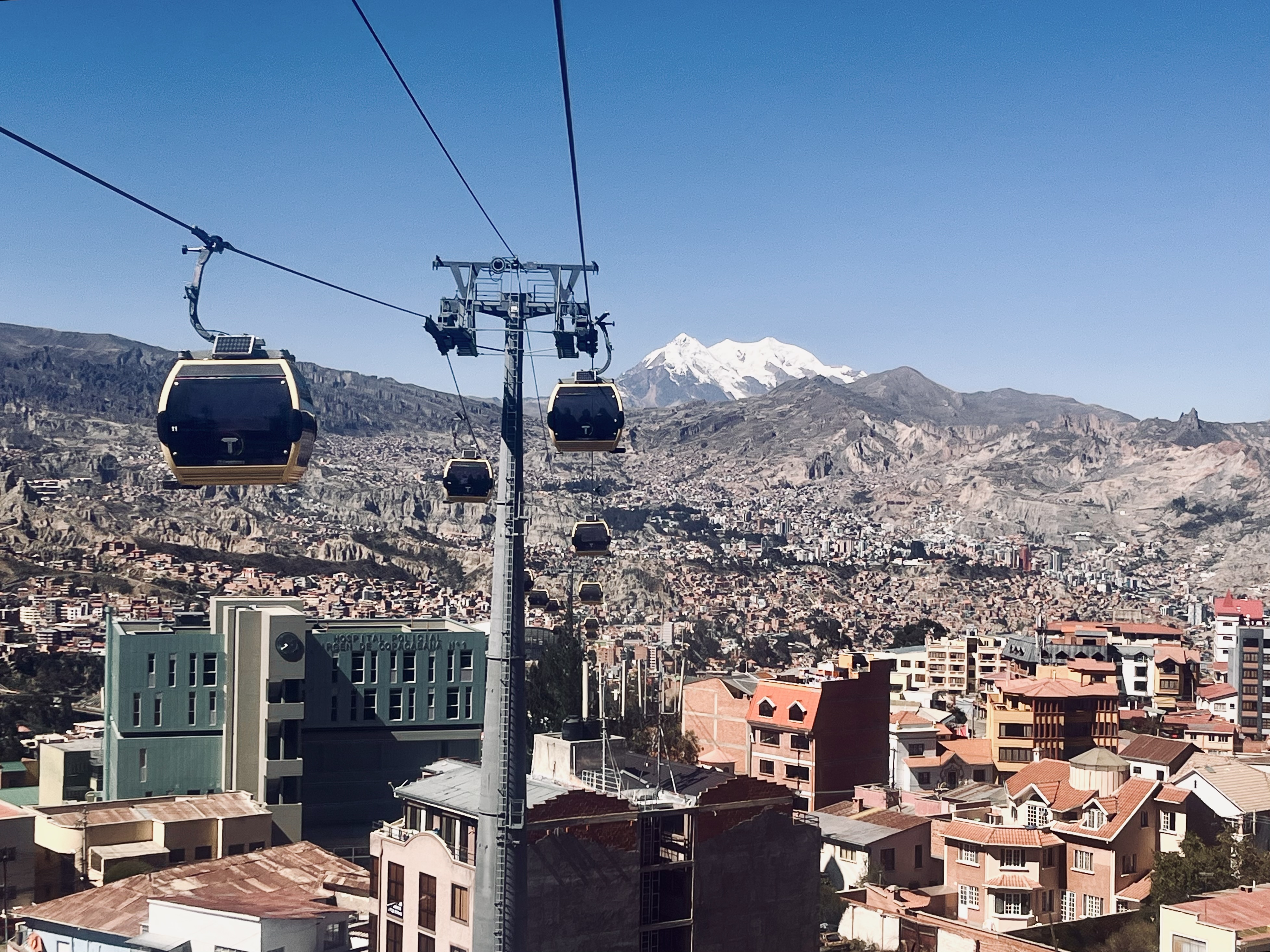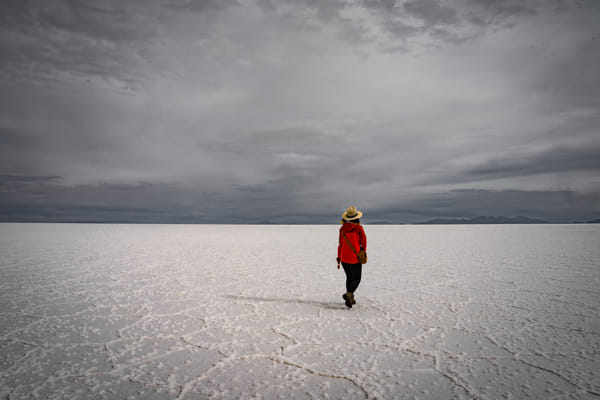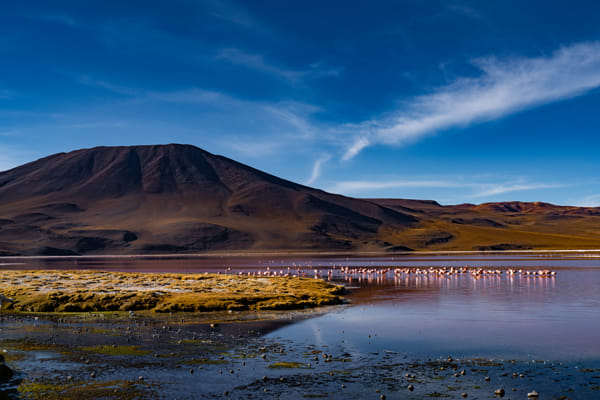Walking the Planet: Dividing Up Bolivia
I went on a trip to Bolivia with Intrepid (travel agency) in May. I enjoyed the dry salt flat (will go again in a wet season!) and the red lagoon and the cities, but in retrospect I believed there was a LOT of things I would have done differently, if given the opportunity.
- I should have only pre-book the Uyuni section on Viator or something, instead of booking a $1500 tour with this large global corporate travel agency like Intrepid
- No qualms about Intrepid. It’s the idea of “7-day tour” that I’m now against
- On the flip side… Maybe I’ll say otherwise if I end up suffering from altitude sickness
- I shouldn’t have chosen an itinerary that goes around Bolivia; Chile is much closer to Uyuni and has similar weather
Aaand… (but this is entirely not my fault!)
- I shouldn’t have forgotten my drone on the flight 😭
Why not pre-book the whole tour?
Believe it or not, Bolivia is safe to walk around in, and I assume pretty much the same with its touristier neighboring countries. I’ve walked the streets at night. There were enough street lamps to keep the road bright, and while everything looked a bit shaggy, no one and nothing striked me as sketchy.
They also have a nice enough bus system so that even if you don’t feel like driving, you can easily get around (not everywhere is North America thank you.) Once there, there are loads of Uyuni 2-day trips you can sign up for, only for $20-ish. One of the guys on my Uyuni tour was “thrown” to our van by a local tour company. He took a bus from somewhere else to Uyuni the town and seem to have made a bunch of friends on the bus, who were solo-travelers just like him.
Most of the time, people decide against solo traveling, because being alone in an unfamiliar place, especially those with higher crime rate, makes them a easy crime target; also, solo travelers are more prone to logistical troubles like getting lost. However, when you are guaranteed to meet other solo travelers on the way, you won’t really be “alone,” would you? Bolivia - not just the salt flat - looked to me like some solo-traveler paradise, and somehow being in a luxurious tour group made me feel very uncool…
Needless to say, meals and drinks with my fellow group mates (most who speak English were from UK or Australia; wondering if that implied something about Americans…) could be the best things happening in a tour group, and the greatest advantage of joining the group rather than solo traveling. Nevertheless, I don’t see how the same can’t happen if you go first, and join a local group there. If you can get the best from both sides, why not?
Why not this itinerary?
Two words say it all: weather and distance
Because of the altitude, Uyuni salt flat in May is cold and dry. Combined with the fact that the accommodation deep in the salt flat didn’t have a heater, I was packing a winter sleeping bag and a huge jacket as large as that, on top of normal winter clothing. Getting used to the salt flat weather was the worst part of the trip - it was too dry that despite applying lip balms every half an hour, I still got bleeding cuts on my lips.
Within three days, the group arrived at Sucre, which was 25°C but feeling searing hot under the mid-day sun. Undoubtfully, packing both summer and winter outfits for the same trip can be challenging, and it gets irritating when your winter coat stuffed half your suit case while you know you only need it for three days.
Also, because La Paz, Uyuni and Sucre are far away from each other, we often found ourselves spending a long time in the van. We only spend half a day in each city to really get to know it, and the next day we would be carried to some lame “tourist spots” around it, and a long ride to the next big city afterwards.
I always have the habit of going to only one country per international trip. Within the limited timeframe of a vacation, I prefer to explore one place and try my hard to know it well, rather than going for quantity of places I visit. This hadn’t done me good in Bolivia - maybe, for once in a life time, I should have followed the crowd, and put Uyuni on the same trip with Chile or some inca trail in Peru, or at least somewhere with similar weather and altitude. Sucre was nice, and so was Potosi, but they could be visited in a separate future trip.
Eat, Sleep, and Altitude Sickness
I was expecting to survive the whole week on catering-service-quality-food, but the local food I’ve had in Bolivia is surprisingly tasty for my Asian palette. They made good rice and chicken soup; the meet were not as tender as I would expect, but the salting and peppering were on point, plus they never put more than a few drops of sauce on them. The “royal quinoa,” a Bolivian specialty, was offered in large containers and I ate them in large scoops; each grain was almost the same size as that of rice. I loved the satisfying crunchiness of the first bite and the soft tender texture once the skin of the grains broke. There was a hint of the rice flavor almost too light to detect.
The alcohol and drinks are also tasty. I’ve had the cocktail named “singani,” some Uyuni honey beer (probably this,) and some red wine I forgot the name of that the guide treated us to right in the deep of the salt flats. I also recommend the Bolivian soda named “salvetti”; think of it as the papayan version of Fanta.

Sleeping in -7°C without a heater was also a first-time for me, but luckily I was sharing room with other girls on the tour, and it was a bit easier to fight off the desire to stay in the sleeping bag (covered by blankets and my coat and almost all my other clothes) when some random acquaintance was watching me. Still, this isn’t something I’m keen to try again…
I thought that altitude sickness would be a real challenge because I suffered from it badly in Lhasa back in 2015, but thankfully my prescription of Acetazolamide made it a lot easier to handle. I started taking it the day of the flight, started feeling a tingling sensation in my fingers 3-4 days in (the tour guide said that it was the sign of the med taking effect,) and went through 3 days of 4km altitude with only a headache that lasted for maybe half an hour (I was in bed and successfully resisted checking the time when that happened, so I wouldn’t know for sure.) Apart from that, I was extremely careful not engaging in any physical overture that require me to “catch my breath” like running, and probably that helped as well.
Let’s Talk About Places
I’ve been to three cities on this tour - Potosi, Sucre and La Paz. Potosi and Sucre are both pleasant, but not worthy enough for a 10 hour flight.
La Paz is by far my favorite. The way you can tour around the city using telpher as a public transportation is amazing - it’s like you are away from the city and watching it in entirety from a distance, yet still immersed in the city as well because you’re still in its transportation system and also in the same car as its citizens. Oddly satisfying.
Also, the city view backgrounded by the snow peak looks spectacular!

Uyuni Salt flat is every bit as spectacular as I have imagined, even in the dry season. Our tour guide kept feeling unlucky that the weather wasn’t good, but personally I think the octagons on the ground looked and photographed better cloudy. In any case, I will come back again in the wet season to see the “mirror of the sky” view.
However, probably because that I’d heard too much about the salt flats before the trip, I didn’t experience the “OMG this is once in a lifetime!” moment of ecstasy I sometimes did with spectacular natural landscapes. In fact, I felt more of that when I got to Laguna Colorada - the red lagoon. This was not only the first time in my life that I saw a huge pack of flamingoes, but also the closest I had ever gotten to any flamingo. I never thought that their beaks would be so vibrantly yellow and the tips of their features so brightly red that they looked painted. Oh how vulnerable I was to all the dancing vibrant colors!

